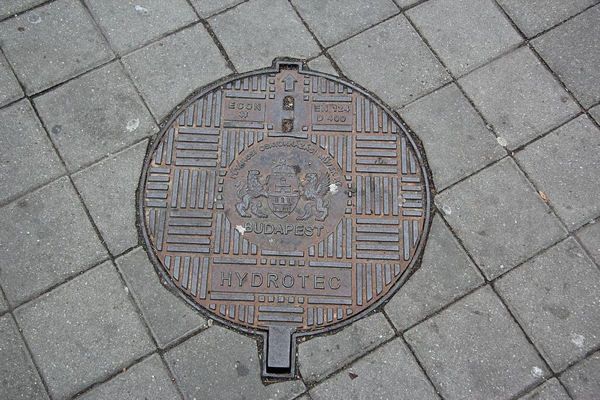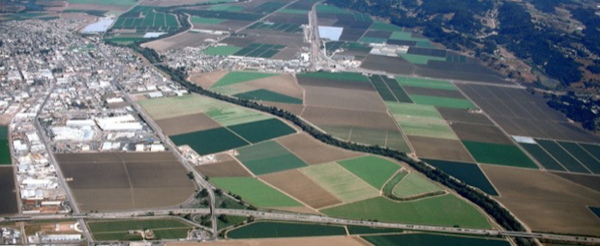Companies
Why is infrastructure so expensive and so necessary?

by Chris Neklason
Cruzio CTO and Civinomics advisor
“At Cruzio, we’ve been told in all earnestness more than once that ‘anyone with a pickup truck and a pair of pliers’ could set up a fiber network so why couldn’t we get fiber to them way up in the mountains next week?”
I come from a family of makers and builders. My father builds furniture and houses, like his father before him, and I build infrastructure, specifically, telecommunications networks. My current project is a fiber to the premise network in the City of Santa Cruz, California, and then, out to the rest of Santa Cruz County.
While houses are large objects, they are only measured in square feet. Infrastructure spans square miles and this increase in scale includes a unique set of factors to the builder.
At Cruzio, we’ve been told in all earnestness more than once that “anyone with a pickup truck and a pair of pliers” could set up a fiber network so why couldn’t we get fiber to them way up in the mountains next week?
Infrastructure doesn’t happen in the weeks time frame. Months, if you are lucky, years normally. Here’s how it works:
Route Engineering
All infrastructure starts with the route, which is the path the pipes/wires/roads/rails take to get from their source to their destination. The first step in any project is to determine the best, safest, most efficient route and to engineer the plans needed by the municipalities to grant permits and to the building contractors to submit bids.
While Geographic Information System (GIS) tools have made this easier, it still requires feet on the ground to map the entire route. If you are building underground infrastructure involving pipes or cable conduit, you need a reliable map and inventory of all the existing pipes and conduits in the ground because you need to plot a route which does not go through them. This is harder than one would think because, surprise, municipalities and utility companies do not have accurate records of what they have put underground. This means that you need to survey and locate all existing assets in the ground because the last thing anyone wants is for a water/sewer/power/gas main nobody knew was there to be punctured by a backhoe or by a horizontal boring machine.
Aerial assets strung on existing poles are much easier to map and survey with regards to the actual route, but also add significant engineering work up front. Each pole needs to be evaluated to make sure there is enough space for your cable (pole space is leased by the linear vertical foot) and that the pole can carry the weight (cable can be really heavy per linear foot). If there are 60-100 poles per mile, you can see how this engineering can add significant cost and time to finalizing the route.
One of the interesting things about infrastructure is that you don’t know how much the project will cost to build until the route is established. Establishing the route can cost tens or hundreds of thousands of dollars. Only once the route is set can you get bids from contractors as to the actual cost of building the project and start getting your construction permits from local planning agencies.
Financing
Infrastructure is enormously expensive to build…
Continue reading full article here: http://blog.civinomics.com/2014/09/28/on-infrastructure/
###
Tagged Broadband, Chris Neklason







